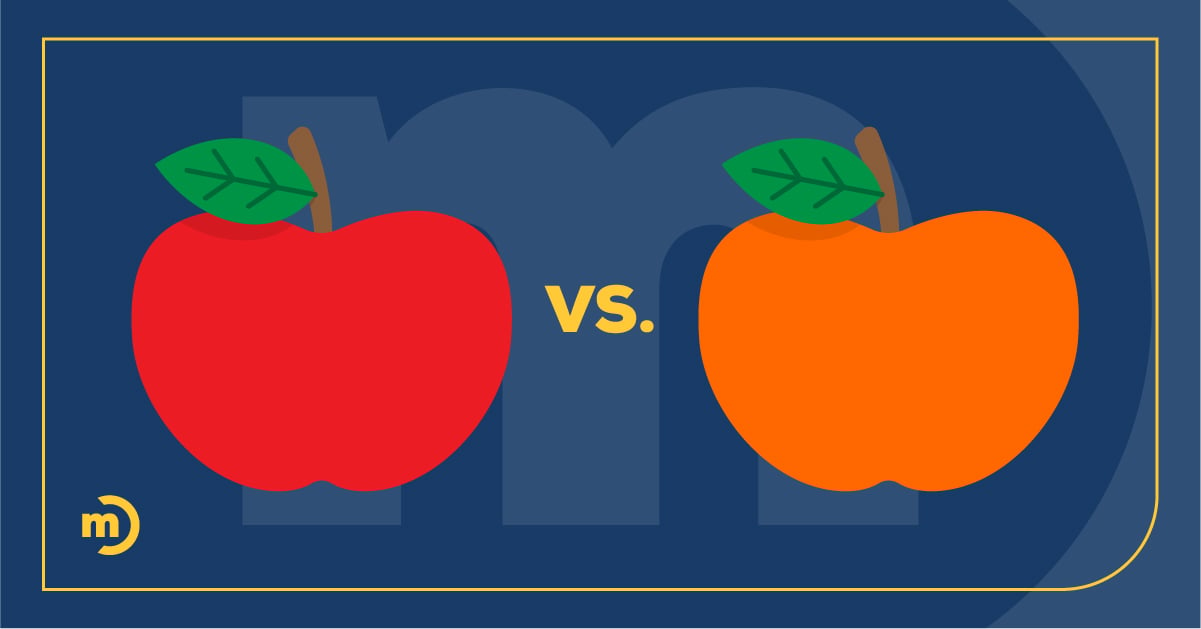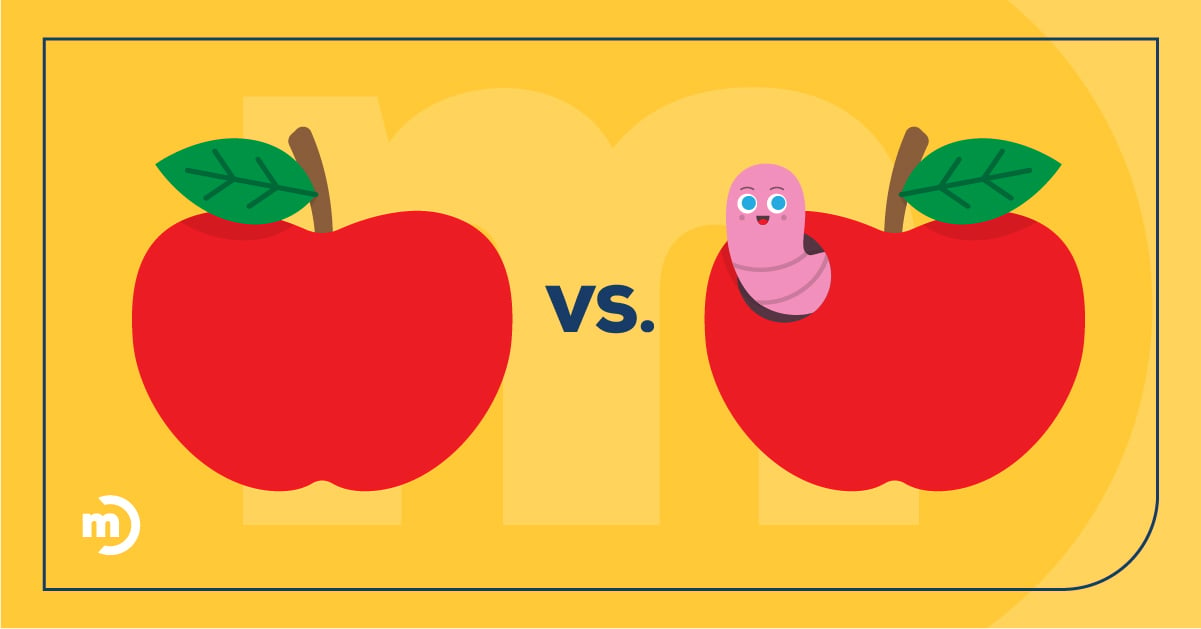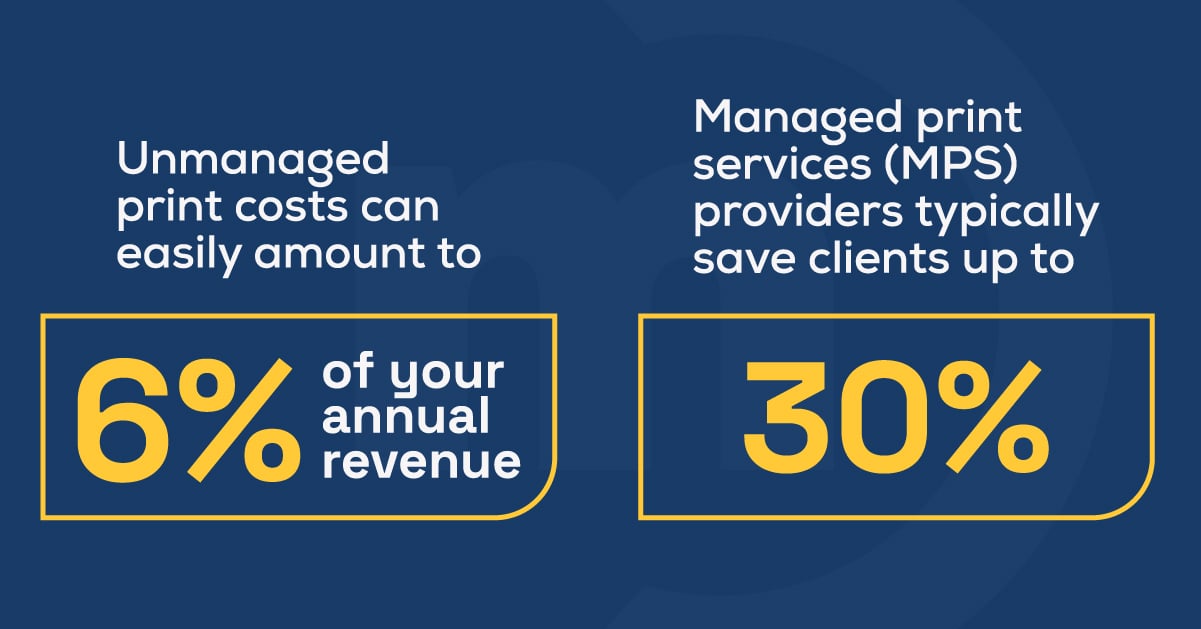You want to save money on print supplies. There’s absolutely nothing wrong with that! The cost of the raw materials needed to produce ink and toner has gone up dramatically, and while top manufacturers understand that raising their prices frustrates their customers, they all had to.
Then again, it’s hard to justify spending more money on original equipment manufacturer (OEM) toner and ink cartridges. They look the same as their cheaper, non-OEM counterparts — at least on the outside. And the companies that make “compatible” cartridges often insist they’re basically the same.
Spoiler alert: they’re not.
Quality Differences — OEM vs. Compatible Ink and Toner

Producers of compatible toner or ink cartridges will often claim that they’re thoroughly tested in the equipment they’ll be used in. That’s probably true, but look for language that states that they’ll perform to the same set of standards set by the equipment manufacturer. That’s typically missing, and that’s why it’s not an apples-to-apples comparison.
These cartridges are typically cheaper not just because they lack the brand awareness of a top manufacturer but because these producers often cut corners. The result is a cheaper cartridge that doesn’t last nearly as long as the “more expensive” OEM version and produces light, uneven, or easily smeared documents.
Security Differences — OEM vs. Compatible Ink and Toner

Those clunky-looking cartridges are also far more sophisticated than they appear. Most modern cartridges contain something called a microcontroller chip, which can communicate with your printer over data interfaces. These chips are intended to tell your printer when your ink or toner levels are low and ensure compatibility.
But if you’re savvy about cybersecurity — and more specifically, print security — those last two sentences might have raised a giant red flag. If so, well spotted!
Makers of compatible ink and toner cartridges use reprogrammable chips, which means they can be hacked at various points in the supply chain. And because your printer is connected to your network, that means that a cybercriminal could use a chip infected with malware to launch a cyberattack on your business.
HP Toner Supply Security
In addition to holding their cartridges to higher standards, printer manufacturers also have taken steps to make their cartridges more secure. HP, in particular, is a standout.
Here are a few examples of how HP is taking print security seriously:
- HP chips contain tamper-resistant, proprietary HP firmware, which helps prevent modification by third parties after production
- Original HP office cartridges are certified with ISO/IEC 20243 standards for product integrity to help prevent tampering at any point in the supply chain
- HP uses tamper-evident packaging
- If you ever suspect that you’ve been sold a counterfeit HP cartridge by a toner pirate, there’s an easy way to make sure — check the label’s hologram.
Why We Recommend HP Toner & Ink Supplies
We have a strategic partnership with HP for a few reasons, but as a technology provider, we wouldn’t be doing our jobs properly if we didn’t keep our clients’ security top of mind.
Current ransomware trends are especially troubling, and unfortunately, many small to midsize businesses aren’t aware of the risk their networked printers may pose to their business, their end users, and their customers. Compatible ink cartridges aren’t the same as their OEM counterparts, and neither are all managed print providers.

A Better Way To Save on Print Costs
You probably stumbled onto this blog because you’re looking to cut print costs, and we’re 100% on your side there. But there’s a better way to do it, and that’s with managed print services.

As a bonus, clients get a few helpful time-savers, like automated supply ordering you can trust and 24/7 remote monitoring — so a technician can replace a worn component before it causes a disruption.
Managed print services isn’t the right fit for every organization, which is why our print experts put together a helpful guide that outlines which organizations would benefit from managed print services, what to look for in a provider, and more. Click below to learn more!
Get Managed Print Services 101: The Complete Guide